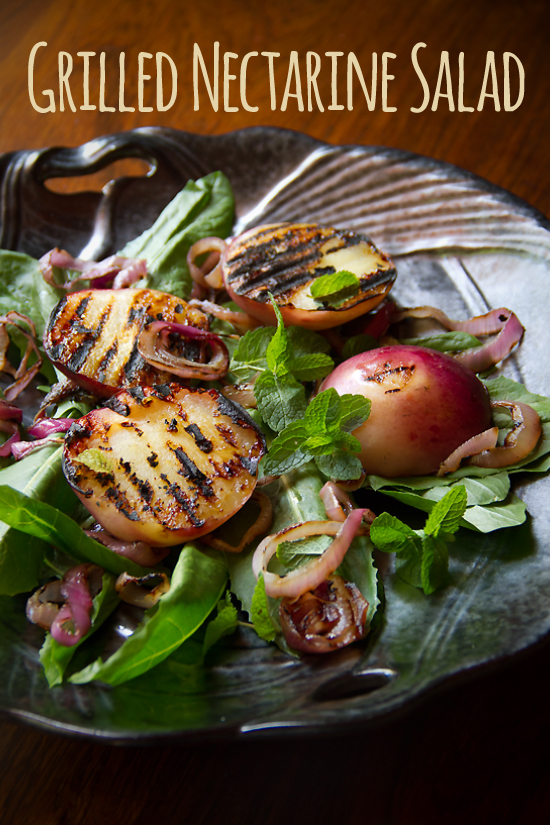
I made this Grilled Nectarine Salad because I enjoy geeking out on food details. One of the details I most enjoy geeking out about is produce selection. Oftentimes picking produce is really a simple matter of common sense. If you’re choosing a head of lettuce, you can usually follow your aesthetic sense and make a good choice. Same goes for broccoli. Things can get more complicated when it comes to choosing tomatoes, and it’s down right counter-intuitive when it comes to choosing stone fruit. That’s because we are programed to believe a beautiful nectarine is a delicious nectarine. And by beautiful I mean glossy, round and perfectly free of blemishes.
To complicate things further, when choosing stone fruit the farmer I buy much of my summer fruit from has 173 varieties. As if it’s not hard enough to pick between his peaches and plums, he also has many of cross breeds and of those there are sub-categories of named varieties.
So that means fruit with seeming made up names like pluot and aprium are just broad categories for fruit with names like Flavorella and Flavorosa.
Many of these sub-sub-categories are also only available for a short time each year. Once you find one you like, the next time the Farmers Market rolls around the choices will have changed. Choosing stone fruit this way could be downright intimidating. Fortunately samples make the process more fun.
Choosing Stone Fruit
Are you still with me? Because really all of this is just pretext for what I really want to discuss. How do you pick a decent piece of stone fruit?
Part of the reason that choosing stone fruit is so difficult is because when it lands in the bin at your Farmers Market it should be a mature piece of fruit. Which isn’t quite the same as ripe. If you were to wait to pick stone fruit once it was ripe you would not need a ladder. Because it would be on the ground. Stone fruit falls from the tree the moment it becomes ripe. So stone fruit are picked when they are mature, but not quite ripe. They have yet to go through the process of ripening. This is the main bit of confusion in choosing stone fruit.
Fruit that has been properly matured on the tree has all the components it needs to ripen into a wonderful piece of fruit. But it may be hard to recognize this fact.
This is also why choosing stone fruit from certain grocery stores can be so hit and miss. Too many commercial growers pick the fruit before it fully matures. Meaning the sugars have not developed and the fruit will never properly ripen. The other problem with grocery store stone fruit is refrigerated trucks and shipping. Chilling is what causes stone fruit to develop a mealy texture that makes you want to spit the fruit out of your mouth. This is also the reason I implore you not to store stone fruit in the refrigerator until it is completely ripe– notice I said ripe not mature.
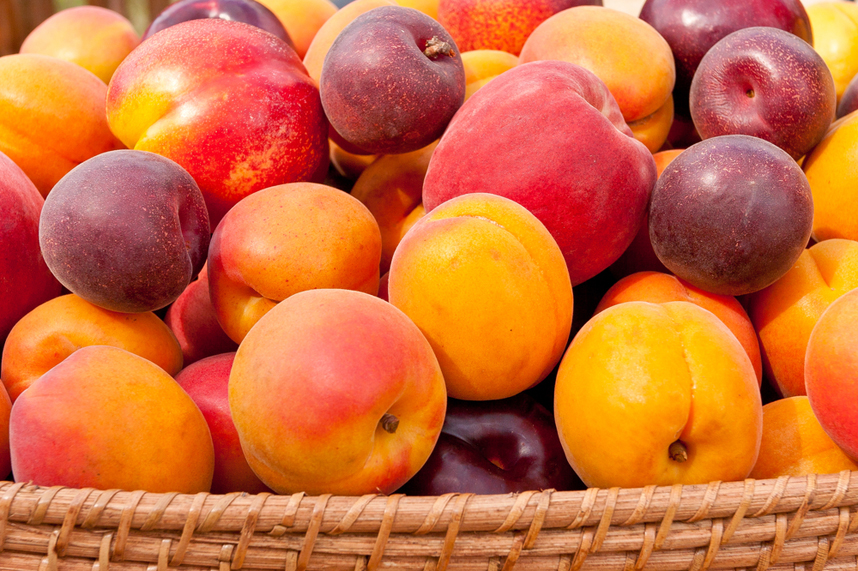
So how do you know if you are choosing stone fruit that has properly matured and will ripen into the stuff of dreams?
The ripening at home is easy. So let’s start there.
Once you have the fruit home simply leave it someplace cool but unrefrigerated and out of the way (so you’re not tempted to eat it early). You’ll know it’s ripe when it starts to give to a little thumb pressure at the base of the stem. Fragrance is a good indicator also. Ripe fruit is aromatic fruit. How long it will take to ripen is hard to say. It could be a day or it could be three or four.
Choosing stone fruit that has been allowed to mature on the tree and develop its sugar content takes a little more concentration. But it’s not difficult once you know what to look for. This is where the counter-intuitive part of the equation comes in. Stone fruit with fully a developed sugar content is generally less attractive than the fruit picked too early. See? Counter-intuitive.
Smooth-skinned fruit like nectarines and plums should have plenty of irregular splotches or freckles with brown crazing running across the surface. These imperfections are called sugar spots and they often make the fruit seem dull or matte rather than bright and shiny. I can’t tell you how many times I’ve seem people set aside the freckled fruit and choose a piece with smooth shiny skin.
So, I know you came for a Grilled Nectarine Salad and got more than a mouthful. But I hope this helps you when choosing stone fruit for yourself. GREG
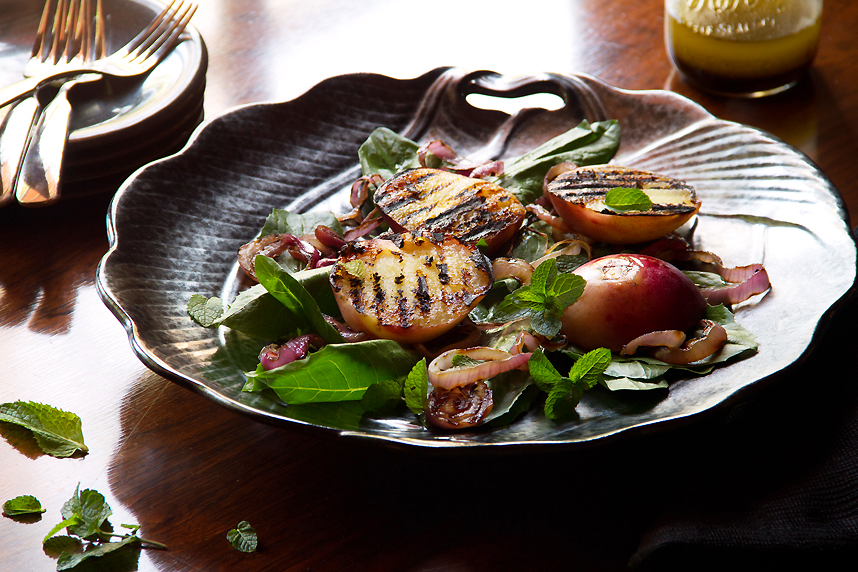
Fruit basket photo appears courtesy of an editorial partnership with Shutterstock.
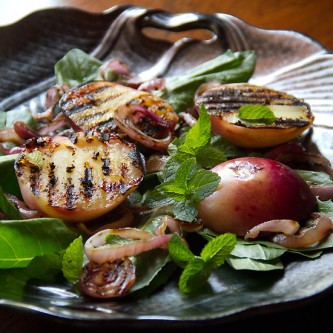
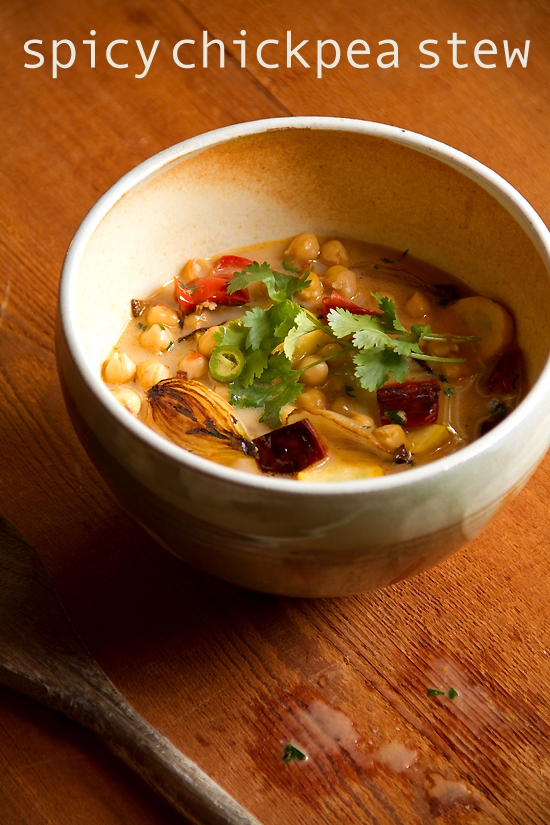
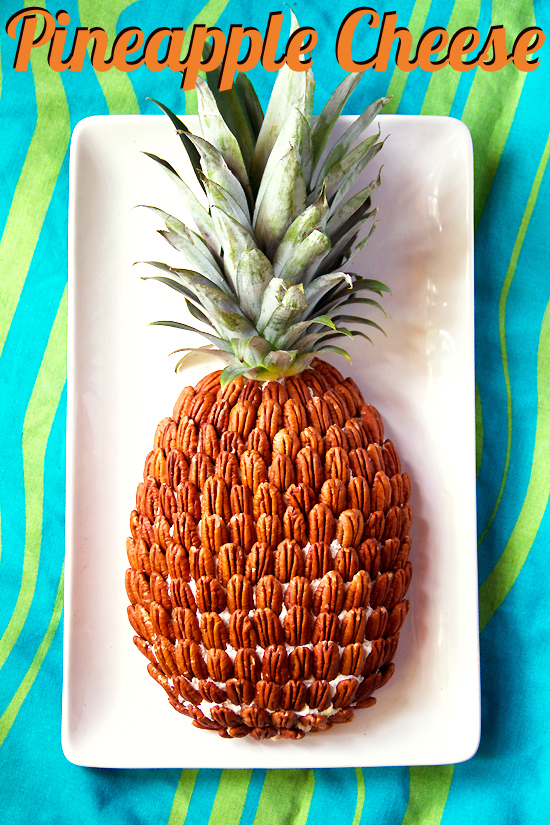

I would never be able to grill nectarines (because I eat them way too fast and they don’t last!) but now I want to! So pretty and pinned!
Grilled stone fruit is the best! Great info — I’ll look for the freckled ones from now on. You didn’t mention the natural “bloom” that most people probably think is some unnatural substance — I learned about that on a grower tour.
Love the tutorial and the salad. I almost never buy stone fruits at the grocery stores anymore. I just wait patiently (?) for them to be in season at the market.
What a great looking salad, Greg! Love the dandelion greens!
Oh, but I’m always tempted early. And yet again I’ve learned something new!
I didn’t realize I was going to learn so much about stone fruit — I also didn’t realize that I knew so little!
I need to take you along when I shop at my market — I struggle not just picking good stone fruit but melons as well — how about a post on melons?